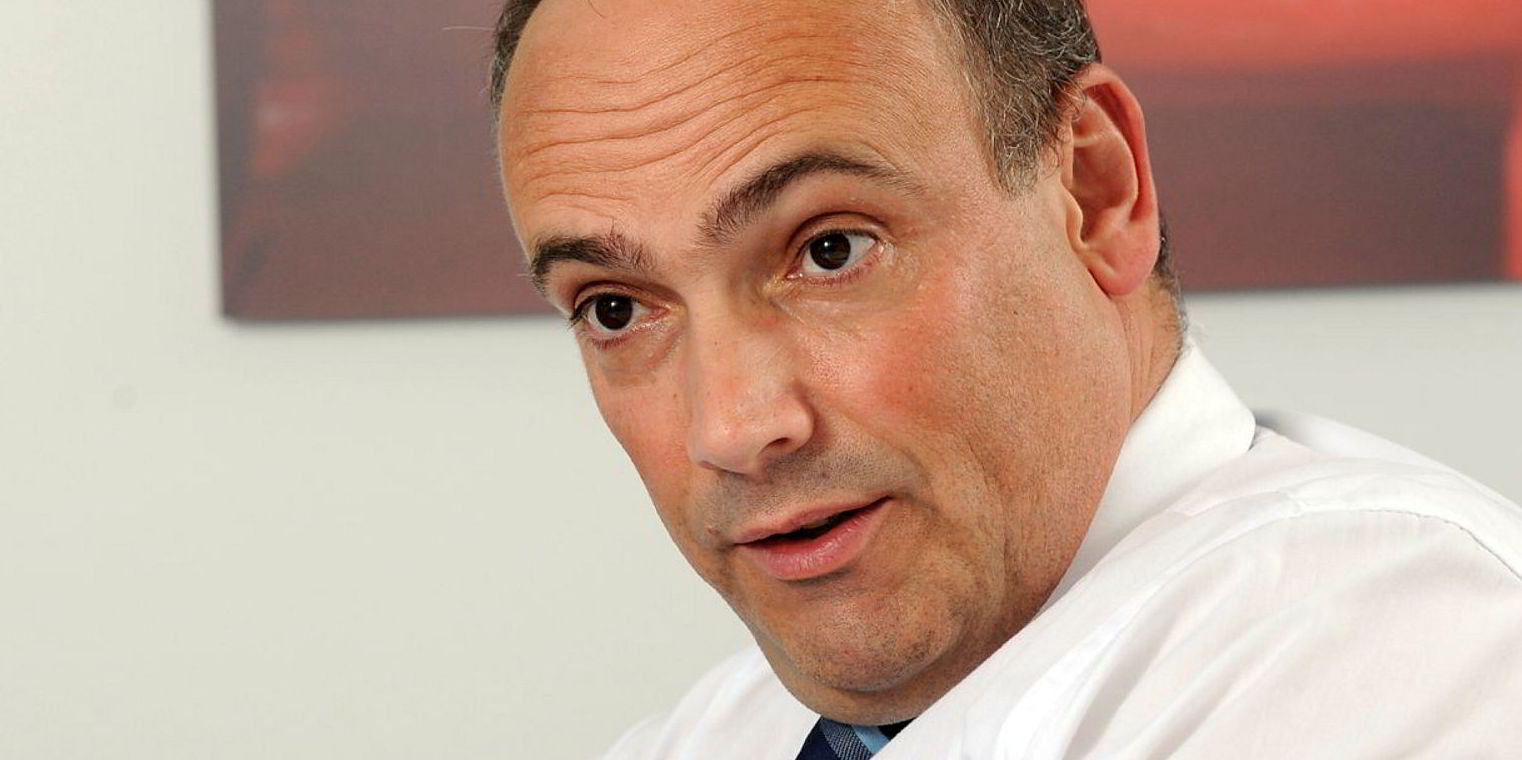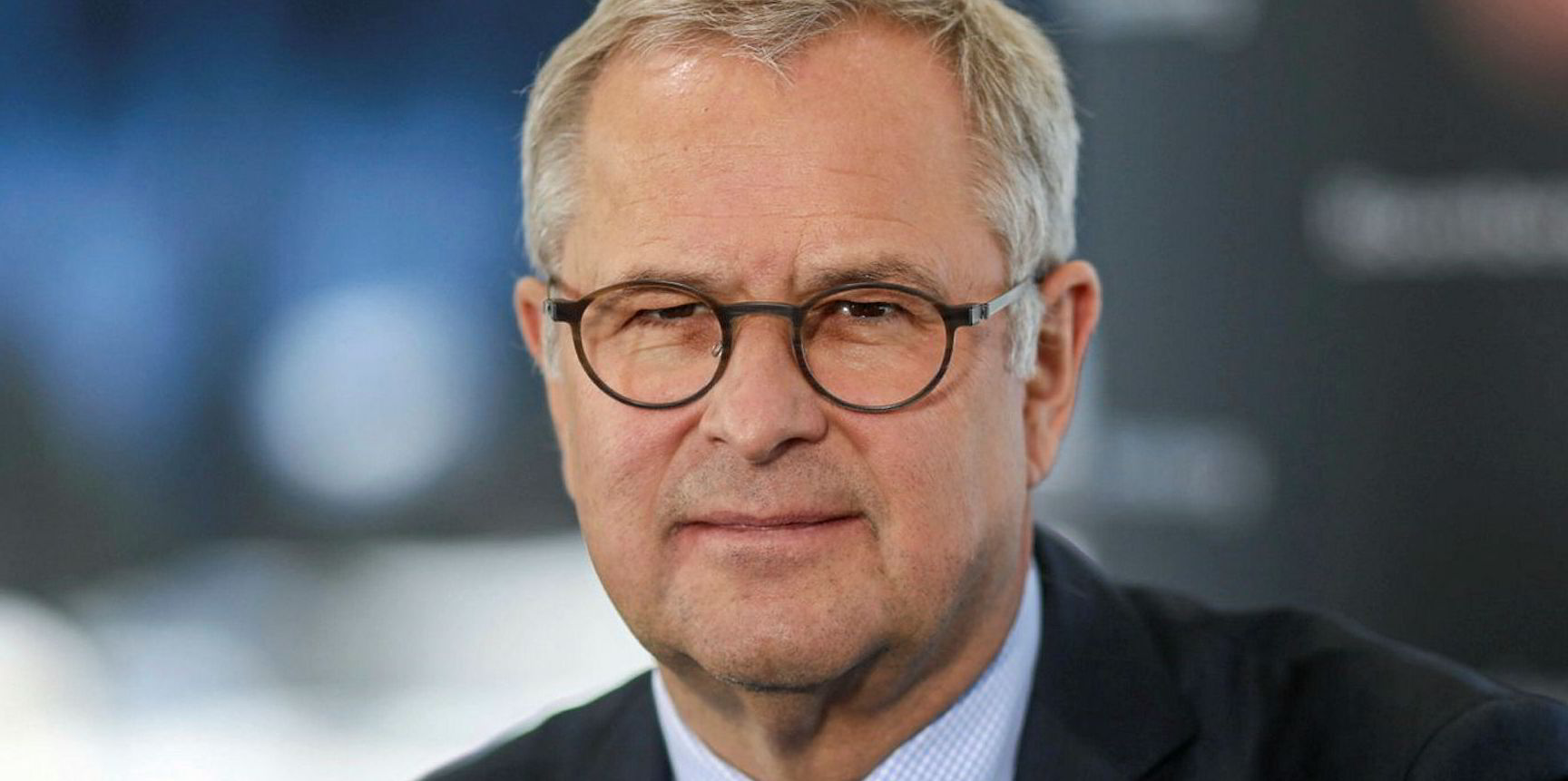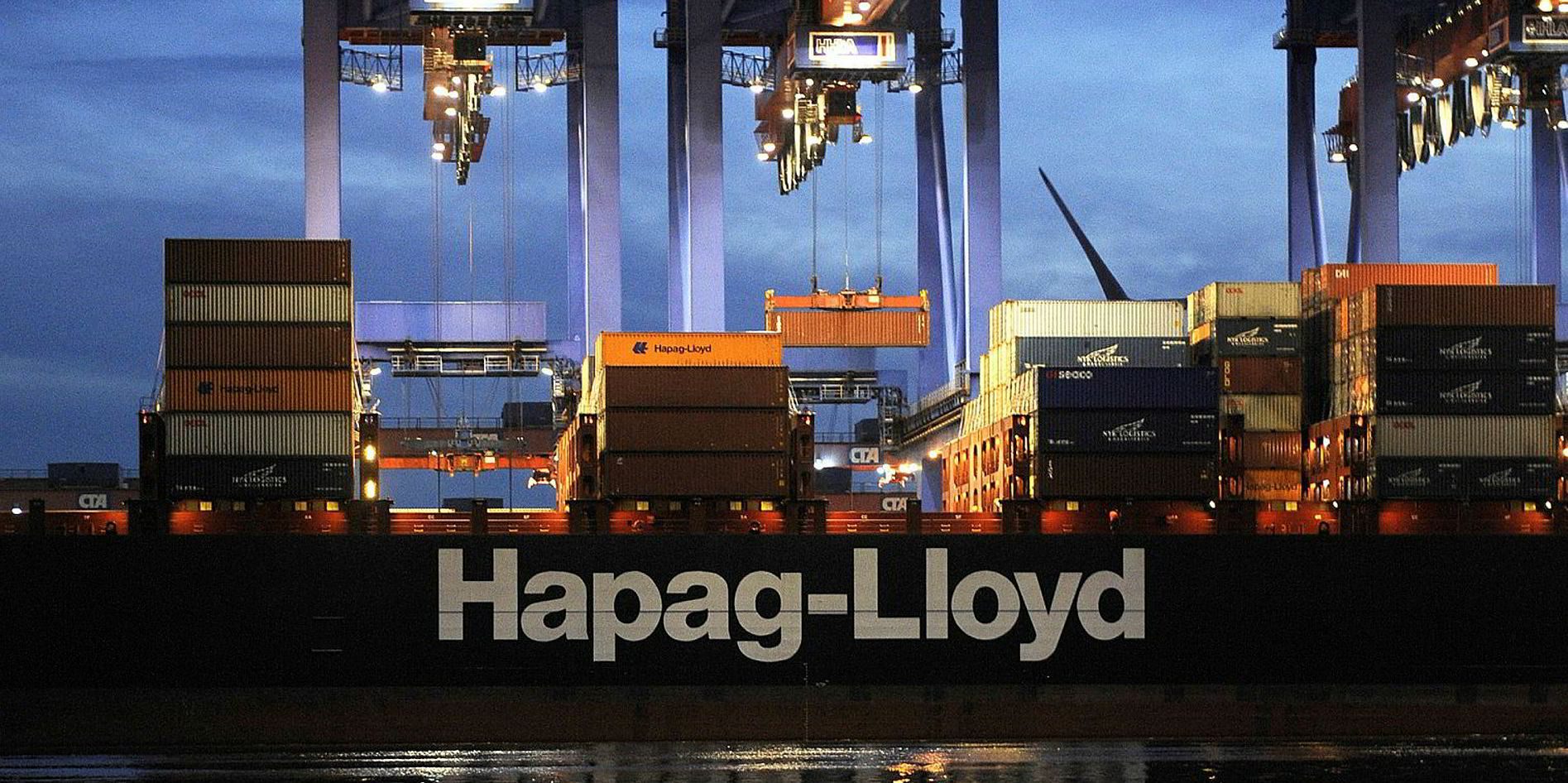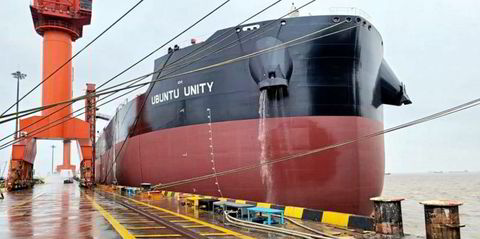Hapag-Lloyd expects freight rates and volumes to remain firm this year, but will cull charter capacity and newbuilding projects if it needs to.
Chief executive Rolf Habben Jansen said the coming months are subject to significant uncertainty because of the outlook over coronavirus.
But unlike AP Moller-Maersk — which has halted earnings forecasts — the German liner operator produced an Ebitda forecast ranging from €1.7bn ($1.81bn) to €2.2bn for the year and its CEO remains far from downbeat.
TradeWinds e-paper gives you access to the weekly print edition in digital form. You'll also find an archive of previous editions, and copies of TW+, from the leading international shipping news provider.
You can access our e-paper by clicking this link
Habben Jansen is “reasonably confident” about the prospect for container freight rates, which have recovered and risen this year. “There is no sign that this is going to change,” he told a conference call.
Volumes “could increase slightly” across the entire year from 12m teu in 2019.
“We see a strong first quarter and decent month in April, and visibility beyond that is admittedly limited,” he said.
“But we also see many of the supply chains today are under pressure and there will be a need for restocking in many places.”
Such projections have not prevented Clarksons Platou Securities from factoring in declining volumes and average freight rates of 2.2% this year.
But the analyst conceded that lower bunker prices — which Habben Jansen described as the most difficult thing to assess — would help the liner operator this year.
Habben Jansen said the most important priority, given the uncertainty, was to “continually proactively adjust to changing market conditions”.
Conceding that a lengthy crisis could affect a planned order for six mega-containerships of 23,000 teu, he said: “That project is continuing, but before taking a final decision, we need to assess if the markets are recovering or not.”
Few idle vessels
Hapag-Lloyd has very few idle vessels but would first return chartered ships to their owners if the situation warranted.
“If at some stage we had to take measure to reduce capacity, then we will reduce our chartered fleet.
“We have flexibility in the double-digit percentages of our overall capacity. So we have sufficient capacity if needed to redeliver our chartered fleet.”
Although no one can know at this stage how long the pandemic will last, Hapag-Lloyd has enough liquidity to weather the storm if it lasts for a long time, Habben Jansen said.
“So far, impact [of the outbreak] on volume and cash flow is limited, but we do expect it to have an impact from May onwards,” he added.
“You cannot rule out it will also have an effect on Q3.”
Not like 2009
Alphaliner expects containerised trade to contract by 0.8% in 2020, compared with earlier forecasts of 2.2%.
But Habben Jansen said the challenge facing container shipping today is structurally different from the financial crisis in 2009.
“Then, the orderbook comprised 50% of the fleet, compared to just around 10% today.
“It means if we go through a crisis, one would expect a different trajectory afterwards,” he said.
Net capacity growth in the containership sector would be limited this year.
“I suspect that more capacity measures will have to be taken anyway. We will also certainly do that if demand is not there.”






